Septoplasty Surgery: Pros & Cons of Deviated Septum Surgery
Facial Plastic Surgery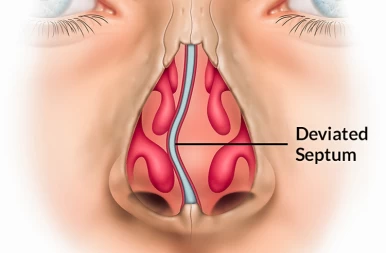
The septum is the middle cartilage of the nose that divides the nose into two nostrils. If the two nostrils are not symmetrical, in the same shape, or of the same size, it means that the nasal septum has deviation.
A deviated septum can cause shortness of breath, dry mouth, snoring, and the urgency to blow the nose repeatedly throughout the day, which lead to nosebleed.
Septoplasty surgery can be a beneficial procedure for individuals with a deviated septum by improving breathing, reducing snoring, and enhancing overall quality of life. However, it is important to carefully weigh the pros and cons before deciding to undergo the surgery. Patients should discuss their options with their surgeon and consider factors such as septoplasty recovery, cost, and potential complications before making a decision. as septoplasty recovery time, cost, and potential complications before making a decision.
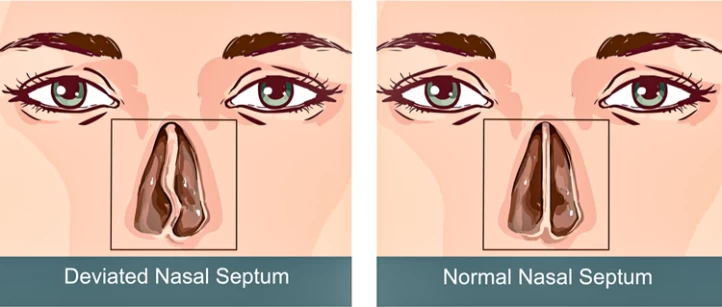
What Is Septoplasty?
Since people with septum deviation cannot breathe properly through their nose, they may experience constant fatigue and boredom, dyspnea, and, in severe cases, stroke and heart attack.
Septoplasty, also known as deviated septum surgery, is a significant operation through which the crocked septum is straightened. This surgery removes the deviated portion of the cartilage, and the patients can breathe through their nose easily, especially during sleep.
Although septoplasty surgery is not considered cosmetic surgery, it can be combined with rhinoplasty to eliminate nasal defects and deformities.
Before the Operation | Avoid taking painkillers (e.g., Advil, ibuprofen, aspirin) for 14 days to reduce blood clotting. |
Length of Operation | 60-90 minutes |
Use of Anesthetic | General or local anesthesia |
Hospitalization | Ambulatory (outpatient care, no overnight stay) |
Work-ready | After 5-7 days |
Removal of Nasal Packing | After 1-2 days |
Exercise | After about 2 weeks |

Who Should Get Septoplasty?
In addition, to be physically healthy, you should have the following features to be able to undergo septoplasty surgery:
- Having difficulty breathing through the nose;
- Having frequent nosebleeds;
- Having difficulty sleeping on the back;
- Having a chronic headache, especially after waking up;
- Feeling congestion in the nose.
Diagnosing Deviated Septum
People are sometimes born with a deviated septum, but an injury or trauma can also cause it. The doctor can diagnose deviated septum by physical examination, CT scan, or endoscopy.
Usually, people with a deviated septum have one nasal passage much smaller than the other, so the doctor can examine the nostrils and cartilage and identify the crooked septum.
But in some other cases, the cause of nasal blockage may be either nasal inflammation, polyps, or septal deviation. On this occasion, the doctor uses a tube with a camera on end (endoscopy) or CT scan to detect the cause of the blockage. If the patient has septal deviation, the doctor will offer surgical treatment.
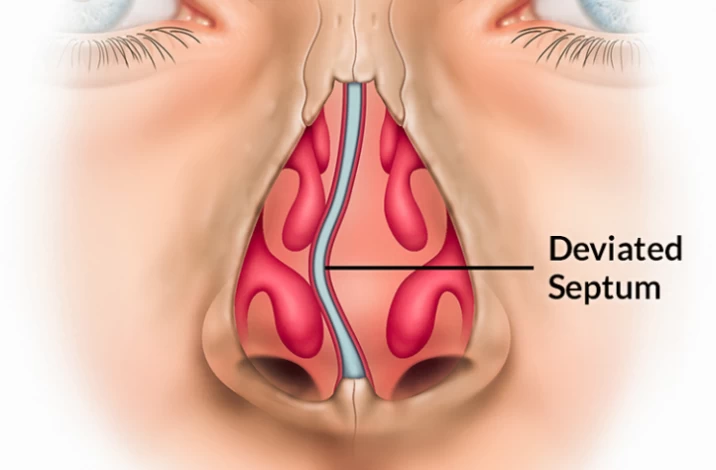
How to Prepare for Septoplasty?
Before septoplasty surgery, consider the following tips:
- Take necessary tests and medical evaluations;
- Do not take blood thinners, herbal supplements, and anti-inflammatory drugs from 15 days before the surgery as they may cause bleeding;
- If you currently take certain medications, inform your doctor;
- If you have a food or drug allergy, inform your surgeon;
- Do not eat or drink anything from 12 hours before surgery to prevent nausea and vomiting;
- Avoid smoking and drinking alcohol from a week before the surgery;
- Ask someone to drive you home and be your caregiver for a couple of days;
- Wear loose and comfortable clothes on the day of surgery.
Septoplasty Procedure
Septoplasty procedure steps can include:
- The patient is given either local or general anesthesia to ensure they are comfortable and pain-free during the procedure;
- The surgeon makes an incision on one side of the nose and lift mucous membrane to access the septum. Whether to cut the left or right side of the nose depends on the severity of the deviation and the expectations of the patient.
- The surgeon removes or reshapes the cartilage and bone that make up the septum to improve airflow through the nasal passages.
- The incision is closed with dissolvable stitches or sutures that will be absorbed by the body over time.
- The surgeon may opt to insert splints or soft packing into the nasal cavity. This is done to secure the nasal tissue in place, minimize the risk of nosebleeds, and prevent the formation of scar tissue. Typically, these splints will remain in place for around a week before being removed by the surgeon.
- The patient will be monitored in a recovery room until they are awake and stable enough to go home. They will need to rest for several days and avoid strenuous activities for a few weeks after the procedure.
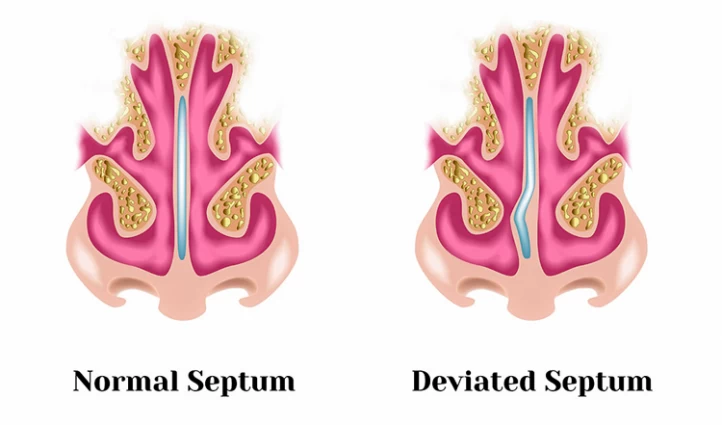
What to Expect After Septoplasty Surgery?
Since septoplasty surgery involves cuts and incisions, it is normal to face bruising, swelling, and mild bleeding after the surgery. If your nasal bone was severely crocked and the surgeon has pushed it to one side, you probably feel pressure (similar to a sinus infection) around your eyes and forehead. Luckily, all these side effects, except for swelling, go away within a few days, and you can return to normal life very soon.
Septoplasty Recovery
If your surgery is done under local anesthesia, you can go back home a couple of hours after the surgery; however, if your surgery is done under general anesthesia, you should stay at least a night at the hospital until the anesthesia is out of the system. After the surgery, your healthcare provider will wrap your nose with cotton bandages to prevent extra bleeding. The bandages will be removed one or two days after the operation; you can shower or wash your face.
To minimize the pain and lower the risk of infection, you may be asked to take certain painkillers and antibiotics during recovery. Also, you should avoid taking aspirin, ibuprofen, and other blood thinners to prevent bleeding.
Avoiding smoking or even dusty places during the septoplasty recovery period is highly suggested. Remember that resting, having a healthy diet, and following the doctor’s instructions are the keys to a convenient recovery after septoplasty.
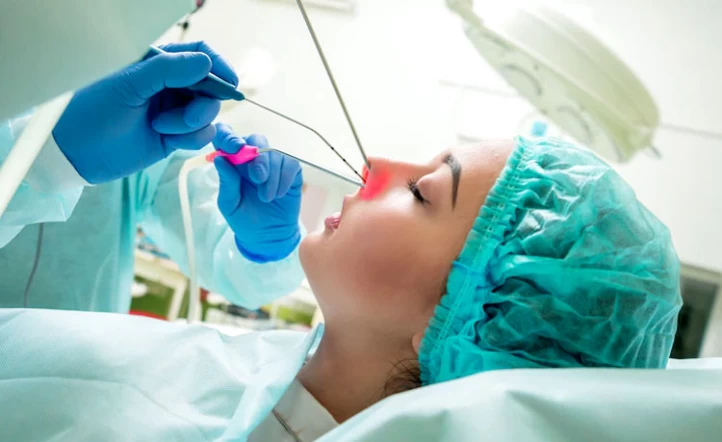
Septoplasty Post-operative Instructions
- After surgery, you may feel swelling, pressure, and pain in the nose, which are completely normal;
- Avoid heavy physical activities for two to four weeks;
- Avoid blowing your nose or inserting foreign objects inside it;
- Do not touch or rub your nose or skin around it;
- Do not laugh or cry hard;
- If you had to sneeze, do it through your mouth;
- Clean your face with a wet wipe as long as there are bandages on your face;
- Have a balanced diet rich in fiber and protein;
- Do not bend over or lift heavy objects;
- Reduce your sodium intake as it causes more swelling;
- Elevate your head by putting two pillows under it while sleeping;
- Avoid crowded places where you may get hit in the face;
- Avoid straining during bowel movements;
- Wear loose or button-front clothes so you won’t have to pull them over your head;
- Improvement in breathing takes time. So, be patient and follow the postoperative instructions.
Advantages of Deviated Septum Surgery
- No more breathing problems: since the septoplasty, the air passages of the nose are reopened, and your breathing problems will be resolved.
- Regaining the senses of smell and taste: some people lose their sense of smell and taste due to the blockage of the nasal passages. After septoplasty surgery, your senses of smell and taste are restored, and you can enjoy tasty dishes like others.
- Better sleeping at night: when the septum is properly shaped, your sleeping problems, such as snoring or shortness of breath, will be eliminated; therefore, you will have high-quality sleep without a dry mouth or nosebleed.
- Reduction in sinus infections and headaches: by widening the air passageways in the nose, the sinuses are drained down completely, and, as a result, you will experience fewer sinus headaches.

Possible Risks of Deviated Septum Surgery
Deviated septum surgery is an easy and almost risk-free operation; however, it has some rare risks, such as:
- Excessive bleeding;
- Severe and uncontrollable infection, which may lead to fever;
- Feeling dizziness and headache for a day due to anesthesia;
- Facial pain;
- Change in blood pressure and heart rate;
- Nasal septal abscess;
- The emergence of a hole in the septum (septum perforation), which may lead to nasal obstruction;
- Spinal fluid leakage, which leads to infection;
- Swelling and mild bruising;
- Numbness in nasal skin and upper lip;
- Temporary discoloration on the incision site;
- Change in the sense of smell;
- Dryness in the nasal passage and
- Changes in taste, smell, and voice.
Remember that the severity of septoplasty complications depends on your pre-existing health conditions, how well you care for your nose, and how fast your body recovers. To minimize the risks and complications of this surgery, consider the pre- and post-op tips.
Warning Signs After Septoplasty Surgery
If you are having any of the following problems, call your doctor or go to urgent clinic care:
- Heavy nosebleed;
- High fever;
- Severe headache which gets worse gradually;
- Disorientation and inability to focus your attention;
- Pain that regular painkillers cannot control;
- Shortness of breath and
- Stiff neck or shoulder.
Alternatives to Septoplasty Surgery
If the deviation of the septum is not very severe, the doctors usually suggest a less-invasive procedure called turbinate surgery. In this operation, which is done under local anesthesia, a needle-like probe is inserted into the nostrils. Then, laser light or radiofrequency energy is transmitted to the turbinate to shrink them.
By doing so, nasal congestion will be minimized, and the air can flow through the nostrils more easily. The other alternative to septoplasty is using patches, splits, or silicone tubes to extend the air passageways in the nose and promote breathing.

Conclusion
Septoplasty is a type of nose surgery through which the deficiencies in septum cartilage are eliminated. You should probably undergo septoplasty if you have one small nostril or frequent breathing problems.
In Iran, numerous skilled and experienced specialists and modern clinics provide the best healthcare services. For more information on septoplasty surgery in Iran, Contact Raadina Co. via this link.
FAQs on Septoplasty
Is the result of septoplasty permanent?
If you follow the postoperative instructions and your nose is not injured, the septoplasty results will be permanent.
Is septoplasty a kind of rhinoplasty?
Both septoplasty and rhinoplasty involve changes in the nasal area. However, in septoplasty surgery, the septum cartilage is operated on, while in rhinoplasty, the whole nose structure is changed for aesthetic purposes.
Is septoplasty painful?
You may feel mild to moderate pain for a couple of days after the surgery, which can be controlled by taking prescribed painkillers.
Does septoplasty leave scars?
Since most incisions are internal, just a few small scars will be on your skin after the operation, all fading away after a month or two. Meanwhile, you have to use topical ointments and creams to minimize septoplasty scar.
What happens during septoplasty?
Septoplasty is a major surgery and involves anesthesia and incision. During this operation, part of your septum is trimmed, and the straightened septum is positioned in the middle of the nose.
What happens after septoplasty?
After septoplasty surgery, you will experience moderate swelling inside your nose, which may last for 8 to 12 weeks. Also, you probably experience nosebleeds, pain, numbness in the upper lip and cheeks, and bruising for two weeks.
Is septoplasty the same as rhinoplasty?
Although these two operations can be done simultaneously, they have one major difference. Septoplasty focuses on the internal abnormality of the nose and is mainly performed for medical purposes. At the same time, rhinoplasty improves the nose's appearance by changing its size and shape.
Does septoplasty change nose shape?
No, septoplasty does not change the form of the nose, but if you want to improve your nasal shape, you can ask your surgeon to combine this surgery with rhinoplasty.
Are the results of deviated septum surgery permanent?
Yes, the results of septoplasty surgery are permanent, and you will never have breathing issues again. The chance of deviated septum growing back is less than 3%. However, in some cases, the nasal obstruction may redevelop after the septoplasty if the nose guts hit.
 WhatsApp
WhatsApp
 Telegram
Telegram
 Facebook
Facebook
 Email
Email
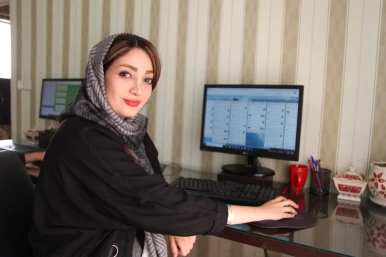





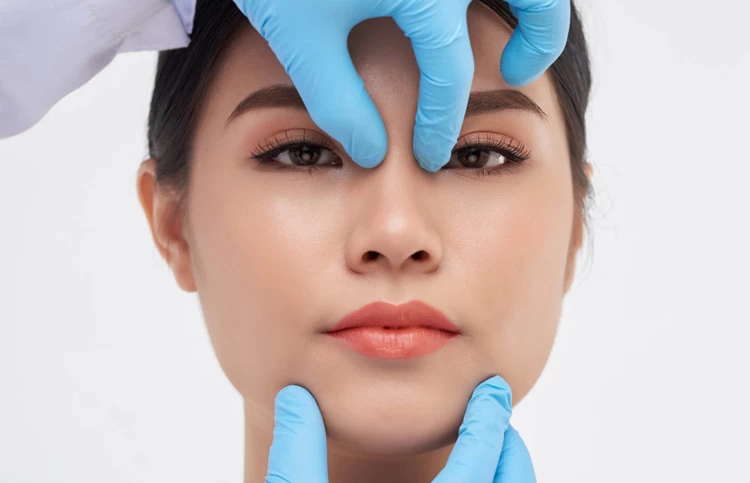
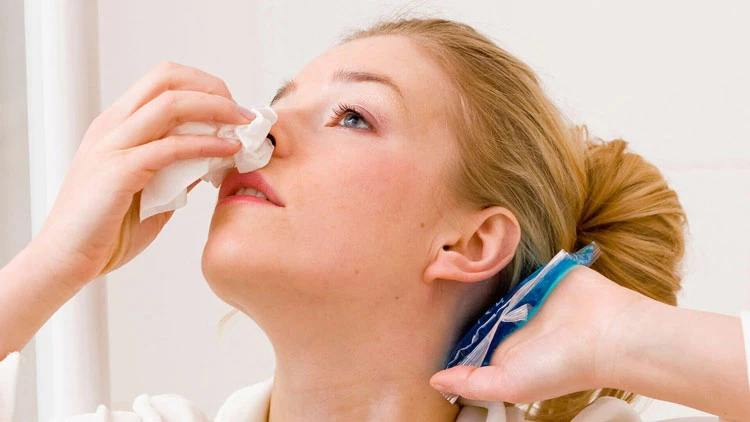






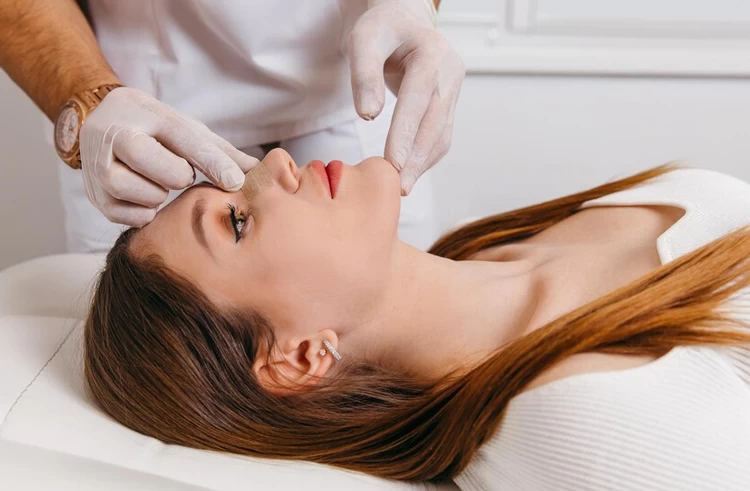


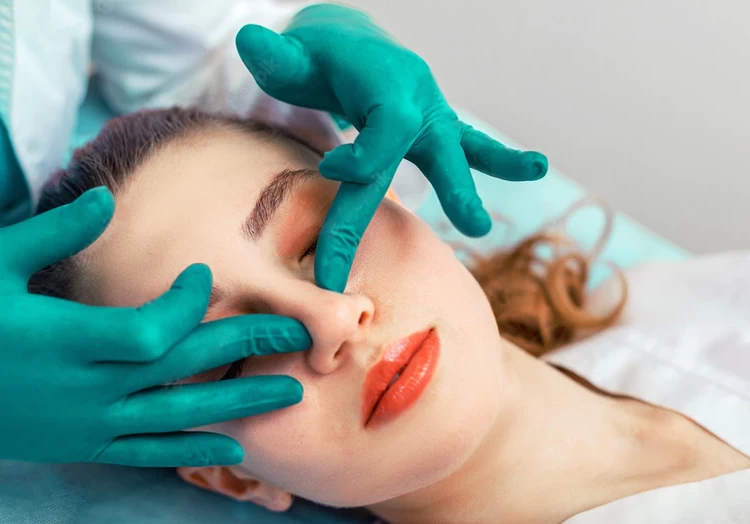
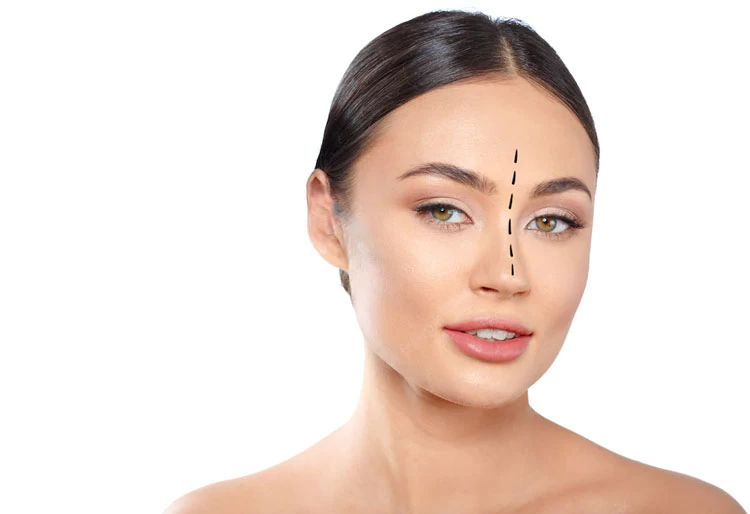





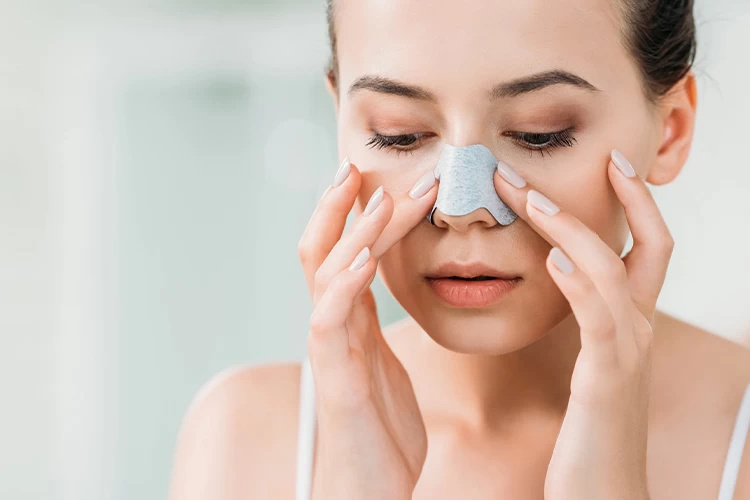



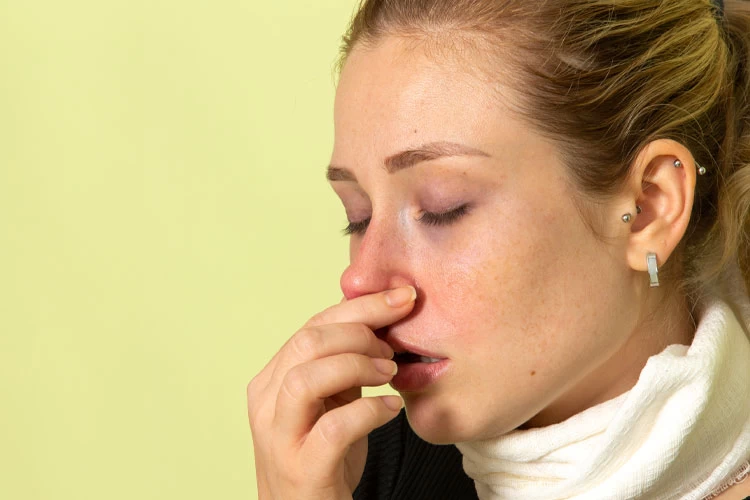
No reviews
Your comment